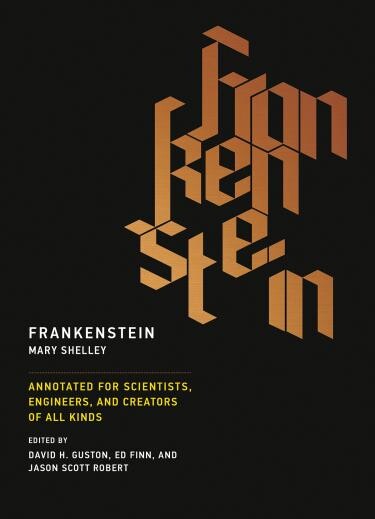Frankenstein
Subtitle
Annotated for Scientists, Engineers, and Creators of All Kinds
Edited by Jason Scott Robert, Ed Finn and David H. Guston
Mary Shelley’s "Frankenstein" has endured in the popular imagination for two hundred years. Begun as a ghost story by an intellectually and socially precocious eighteen-year-old author during a cold and rainy summer on the shores of Lake Geneva, the dramatic tale of Victor Frankenstein and his stitched-together creature can be read as the ultimate parable of scientific hubris. Victor, “the modern Prometheus,” tried to do what he perhaps should have left to Nature: create life. Although the novel is most often discussed in literary-historical terms—as a seminal example of romanticism or as a groundbreaking early work of science fiction—Mary Shelley was keenly aware of contemporary scientific developments and incorporated them into her story. In our era of synthetic biology, artificial intelligence, robotics, and climate engineering, this edition of "Frankenstein" will resonate forcefully for readers with a background or interest in science and engineering, and anyone intrigued by the fundamental questions of creativity and responsibility.
Bio
David H. Guston is the founding director of ASU's School for the Future of Innovation in Society. Ed Finn is the founding director of ASU's Center for Science and the Imagination. Jason Scott Robert is the director of ASU's Lincoln Center for Applied Ethics.
